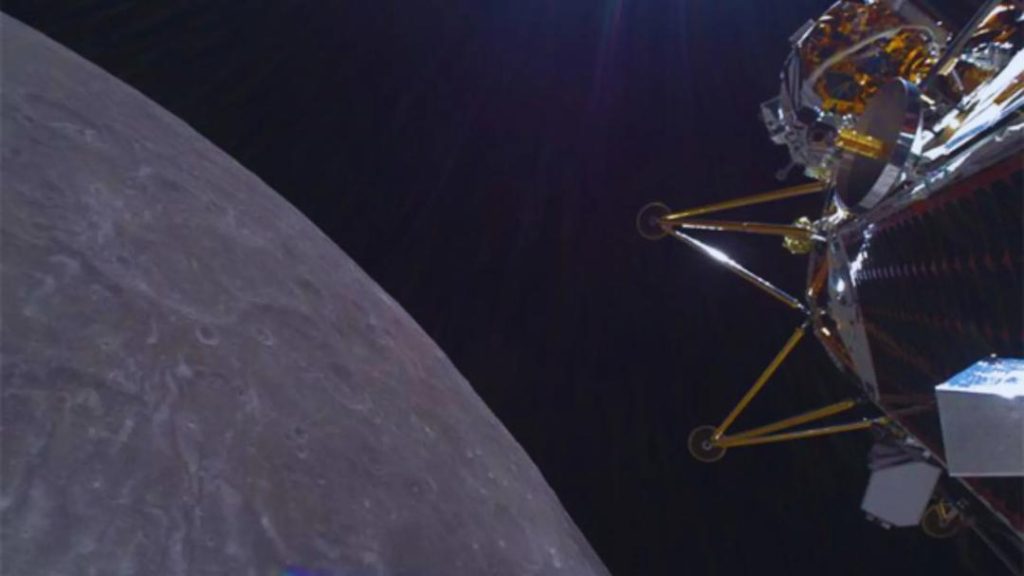
NASA’s Athena Lander Fails to Safely Land Near Moon’s South Pole
NASA’s ambitious plan to explore the moon’s south pole has hit a snag, as its Athena lunar lander has failed to safely land on the lunar surface. The lander, part of NASA’s Commercial Lunar Lander Services (CLPS) program, was designed to study the moon’s surface and subsurface in unprecedented detail. However, it missed its landing site by a staggering 800 feet, resulting in a tipped-over lander that is no longer functional.
According to reports, the Athena lander was intended to touch down on the moon’s south pole, where it would conduct a series of scientific experiments to better understand the composition and geology of the region. Unfortunately, the lander’s descent proved to be more challenging than expected, and it ended up landing about 800 feet away from its intended target.
Despite the setback, the Athena lander did manage to activate some of its key experiments before its power depleted due to the extreme conditions on the lunar surface. The lander’s instruments were designed to collect data on the moon’s surface composition, temperature, and magnetic field, which will still provide valuable insights for future lunar exploration.
The incident has sparked concerns about the reliability of private lunar landers, which are increasingly being used to support NASA’s moon exploration efforts. The CLPS program, which is managed by NASA’s Ames Research Center, is designed to provide a commercial alternative to government-funded lunar missions. The program has seen some success, with several private companies, such as SpaceX and Blue Origin, successfully landing on the moon.
However, the Athena incident serves as a reminder that lunar landers are complex machines that require precise navigation and control to ensure a safe and successful landing. The incident has also raised questions about the role of private companies in NASA’s moon exploration efforts and the level of oversight and accountability that should be applied to these missions.
The Athena lander’s failure to land safely is a setback for NASA’s moon exploration efforts, but it is not the first time that a lunar lander has experienced difficulties on the moon. In 2019, India’s Vikram lander, which was part of the Chandrayaan-2 mission, failed to land on the moon’s surface, with the Indian space agency blaming the failure on a computer glitch.
Despite these challenges, NASA remains committed to its moon exploration efforts, and the agency has announced plans to return humans to the moon by 2024 as part of its Artemis program. The program, which is designed to establish a sustainable human presence on the moon, will also include the deployment of several robotic missions to the lunar surface.
The Athena lander’s failure to land safely may have been a setback, but it has also provided valuable lessons for future lunar landers. The incident highlights the importance of precision navigation and control in lunar lander design and the need for robust backup systems to ensure a safe and successful landing.
In conclusion, the failure of NASA’s Athena lander to safely land near the moon’s south pole is a setback for the agency’s moon exploration efforts, but it is also an opportunity to learn from the experience and improve the design and operation of future lunar landers. The incident serves as a reminder of the challenges and risks involved in lunar exploration and the importance of robust backup systems and precision navigation in ensuring a successful mission.






